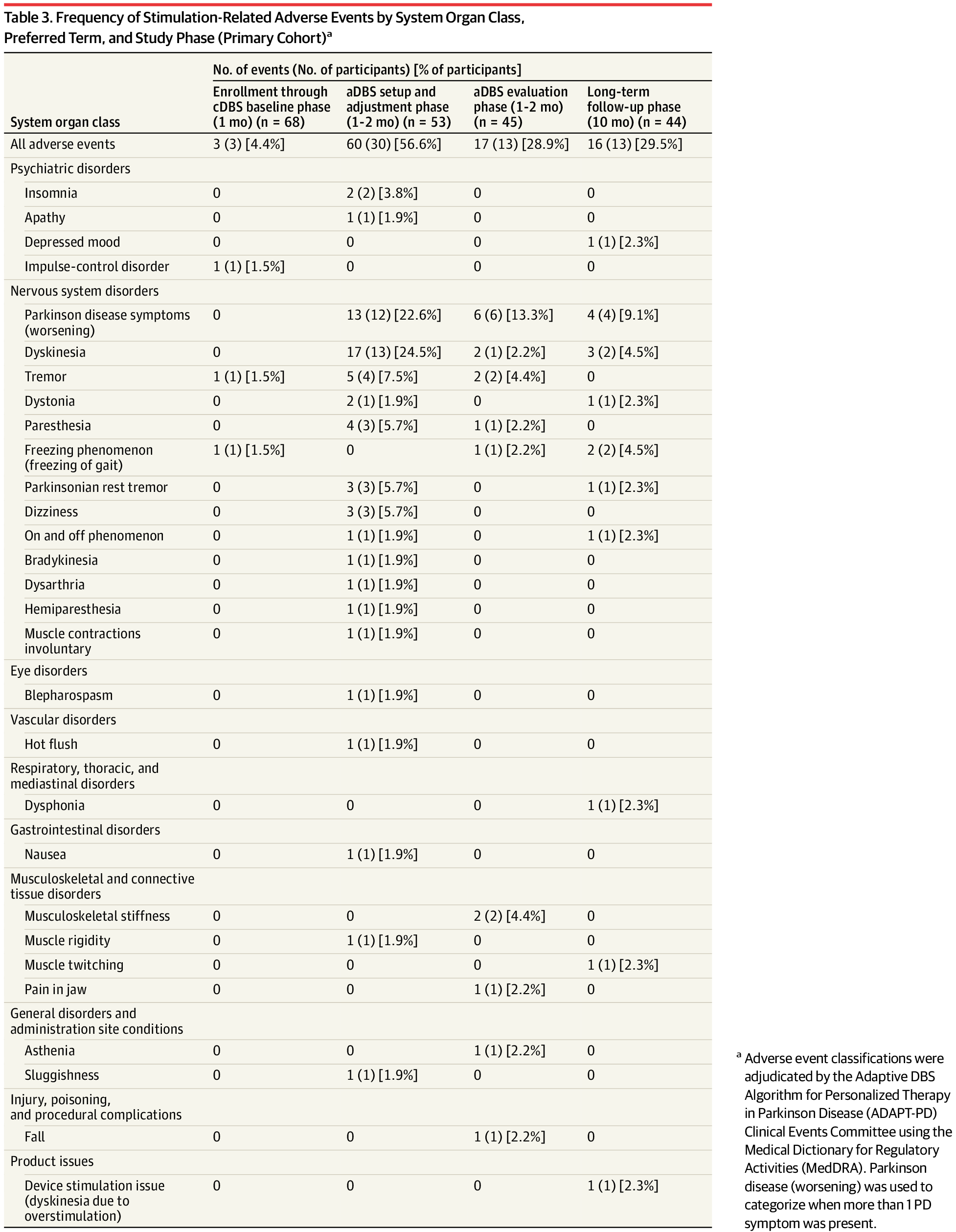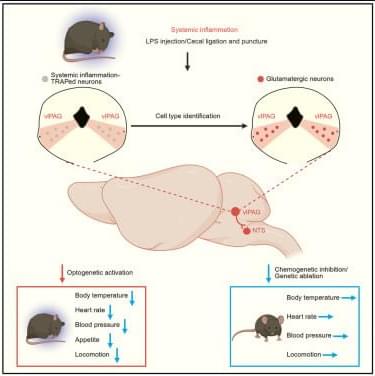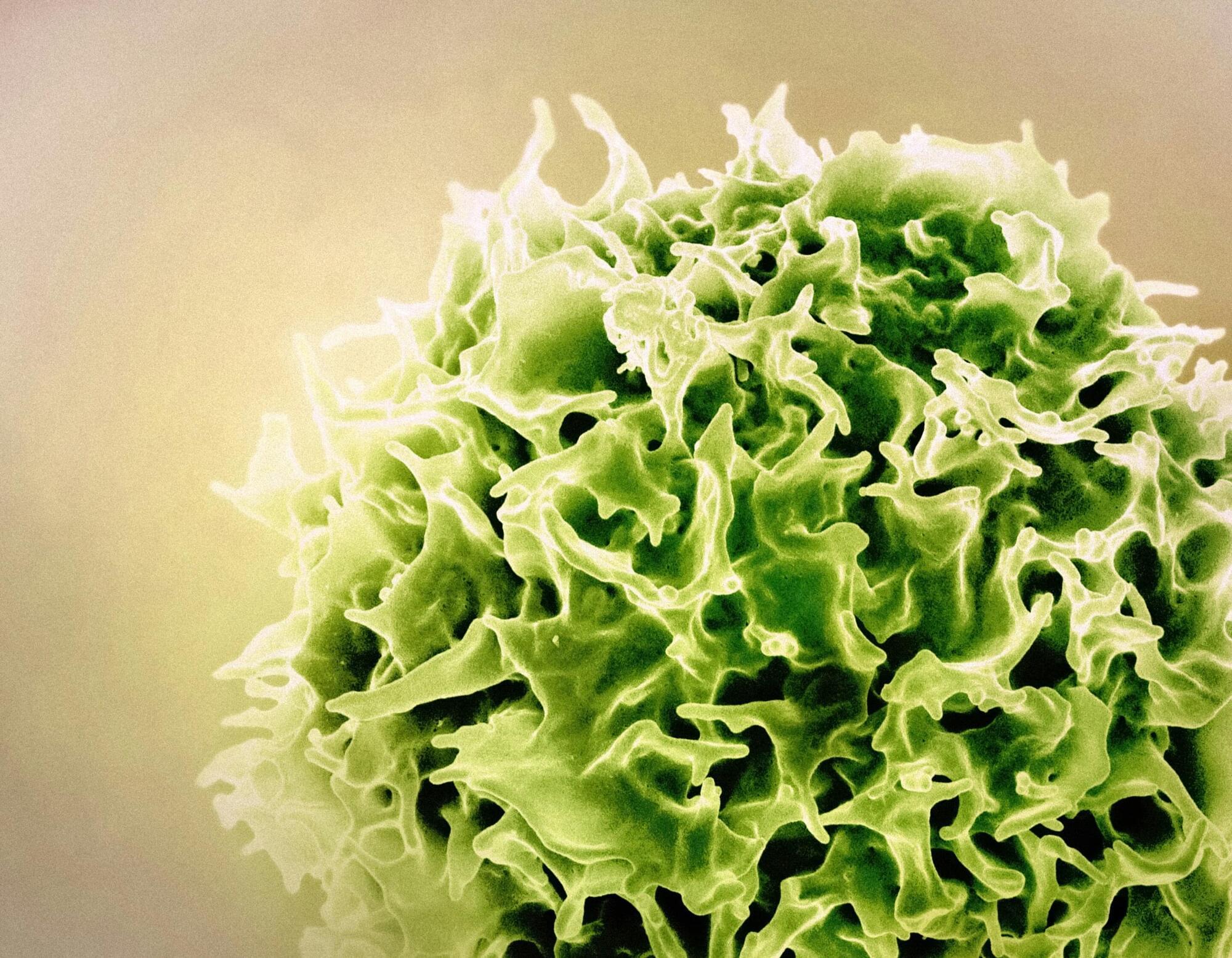Although sensing is one of the more established quantum technologies, translating quantum science into real-world biomedical impact requires further effort to overcome technical hurdles as well as structural and societal challenges.



Long-term adaptive deep brain stimulation (aDBS) provided tolerable, effective, and safe therapy in persons with Parkinson disease whose symptoms were previously stable while receiving continuous DBS.
Question Is long-term adaptive deep brain stimulation (aDBS) tolerable and as effective and safe as continuous DBS (cDBS)?
Findings In this nonrandomized clinical trial with an open-label comparison between cDBS and aDBS, the primary outcome was met as the majority of participants receiving aDBS achieved a performance goal of good on-time (ie, time when symptoms were well controlled) without troublesome dyskinesia relative to stable cDBS therapy.
Meaning Long-term aDBS provided tolerable, effective, and safe therapy in persons with Parkinson disease whose symptoms were previously stable while receiving cDBS.

Xie et al. demonstrate that systemic inflammation activates a subset of glutamatergic neurons in the ventrolateral periaqueductal gray (vlPAG). Manipulating these vlPAG glutamatergic neurons and their projections to the nucleus tractus solitarius modulates inflammation-induced sickness behaviors and hypometabolic states, including hypothermia, cardiovascular depression, reduced locomotion, and appetite suppression.

A single, targeted high dose of radiation delivered before other treatments could completely eradicate tumors in most women with early-stage, operable hormone-positive breast cancer, according to a study led by UT Southwestern Medical Center researchers. The findings, published in JAMA Network Open, could shift the paradigm for patients with the most common form of breast cancer, who typically undergo surgery before a regimen of radiation therapy.
“This is a major advance in the field,” said study leader Asal Rahimi, M.D., Professor of Radiation Oncology, Associate Vice Chair for Program Development, and Medical Director of the Clinical Research Office at the Harold C. Simmons Comprehensive Cancer Center. “This treatment protocol provides patients a significant time savings, spares a lot of their tissue from irradiation, and allows them to still undergo any type of oncoplastic surgery they may choose, all while very effectively treating their disease.”

Stratolaunch hypersonic-capable TA-3 appears in mission listed on FAA operations advisory.

Dr. James Giordano, Chief of the Neuroethics Studies Program and Scholar-in-Residence in the Pellegrino Center for Clinical Bioethics at Georgetown University, speaks to cadets and faculty about how advancements in neuroscience and neurotechnology will impact the future of war. This event was hosted by the Modern War Institute at West Point.

It’s not random.
The Spathiphyllum is forgiving, but it signals stress fast. Brown patches and crunchy tips are a nudge from the plant about its air, water, or light. Here’s how specialists diagnose those signals and the small adjustments that bring foliage back to lush green.
Brown on a peace lily is usually a care mismatch, not a fatal disease. The plant is reacting to dry air, irregular watering, hard tap water, or harsh sun. Each cause marks leaves a little differently, which helps you zero in on the fix.

We owe a lot to tissue resident memory T cells (TRM). These specialized immune cells are among the body’s first responders to disease.
Rather than coursing through the bloodstream—as many T cells do—our TRM cells specialize in defending specific organs. They battle viruses, breast cancer, liver cancer, melanomas, and many other health threats.
Pandurangan Vijayanand, M.D., Ph.D., William K. Bowes Distinguished Professor at La Jolla Institute for Immunology (LJI), has even shown that a greater density of TRM cells is linked to better survival outcomes in lung cancer patients.